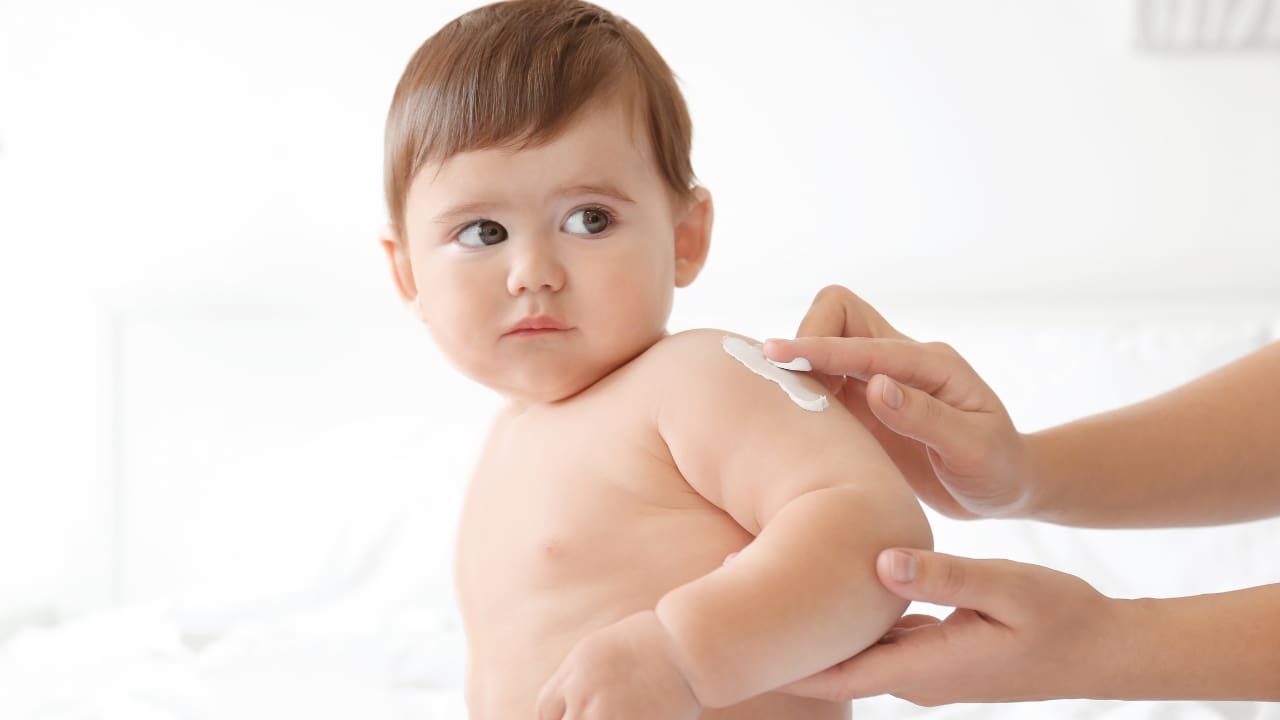Bringing a new baby into the world is an exciting event that involves many decisions, one of which is how to take care of their sensitive skin. As parents, we want to give our children the safest and most delicate skincare products possible. In the midst of the excitement, patch testing is a crucial procedure that is frequently forgotten. Let’s examine the reasons for the importance of patch testing to guarantee your baby’s safety when using skincare products.
Understanding Patch Testing
Applying a tiny quantity of a skincare product to a discrete region of the skin and keeping an eye out for any negative reactions is known as patch testing. Using this procedure, you may determine whether the product is suitable for your baby’s skin type before applying it fully. While patch testing is frequently linked to skincare regimens for adults, it is just as important—if not more so—for newborns, whose skin is more delicate and prone to sensitivities.
The Importance for Baby’s Sensitive Skin
Because a baby’s skin is so sensitive and delicate, it needs special care and attention. Because of their weaker and more porous skin barrier, allergens and irritants can enter their body more easily. Patch testing aids in the identification of possible triggers, including dyes, scents, preservatives, and other harsh chemicals, that may cause your infant to become irritated, red, rashy, or experience allergic responses.
Preventing Adverse Reactions
Before introducing a new skincare product to your infant, do a patch test to reduce the possibility of uncomfortable responses. Products with labels like “hypoallergenic” or “gentle” may nevertheless contain substances that aren’t good for your baby’s skin. Patch testing gives you the information you need to choose items that are both genuinely safe and appropriate for your child.
How to Perform a Patch Test
- Pick a tiny, discrete spot on your baby’s skin, such as the area behind their ears or on their inner forearm.
- Dry and clean the selected area.
- A tiny quantity of the skincare product should be applied to the patch test area.
- Don’t wash the product off after leaving it on for the suggested amount of time, which is usually 24 to 48 hours.
- Keep an eye out for any indications of redness, irritation, itching, or other negative responses in the area.
- In most cases, the product is safe to use if there is no reaction. Should any negative reactions arise, stop using the product right away and get medical advice.
When to Patch Test
Every time a new skincare product is introduced, including infant lotions, creams, oils, shampoos, and bath products, patch testing should be done. Patch testing is especially advised if a product’s formulation changes or if your child has a history of allergies or skin sensitivities.
Preserving your child’s health and welfare is a top priority while becoming a parent. To make sure the skincare products you chose for your baby are safe, mild, and free of any allergens or irritants, patch testing is a simple yet very useful tool. By being proactive, you can confidently care for your baby’s sensitive skin and provide them the comfort and attention they need from the start.
- The Role of Vitamin D in Skincare: Nourish Your Skin with Clear Essence - February 27, 2025
- How to Deal with Sunburn: Soothe and Restore Your Skin with Clear Essence - February 12, 2025
- The Impact of Hormones on Skin Health: Clear Essence Solutions for Every Stage - January 28, 2025
